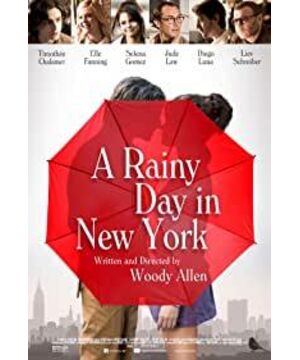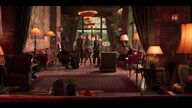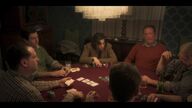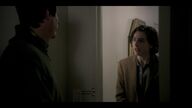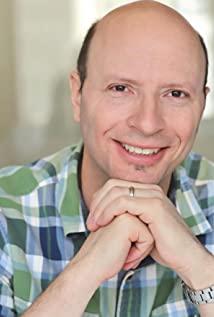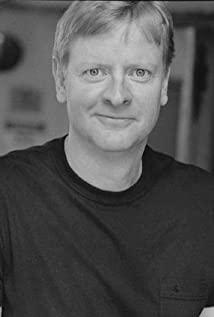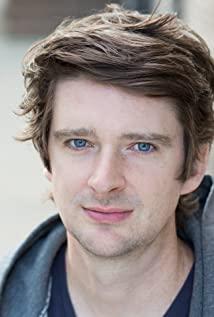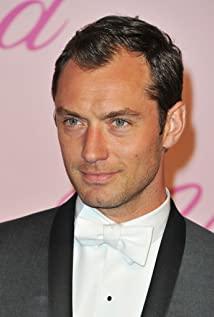-----------------------------------31.DEC.2019
"With New York, you're either here or you're not anywhere. There's anxiety, hostility, paranoia that you don't get anywhere else, and it's exciting." Anyway, get a cigarette with a cigarette holder. Then, he said, I smoked too much.
Woody Allen's works returning to Manhattan show a lightness and fun that is difficult to describe in words. Perhaps it is the unique urban temperament of New York that allows the director to relax and make familiar stories. "A Rainy Day in New York" is based on a special weekend in Manhattan that was completely disrupted by dating plans, interlacing and weaving two character story lines, filling in Woody Allen-style romance and self-deprecating, kneading into a mix The booze- and nicotine-flavored romantic comedy sketch of the annual fall party. The "love" and "comedy" here are more inclined to a kind of rough generalization of movie genre classification.
This is a New Yorker's movie. As the leading actor, Gatsby Wells has many treasures in New York, restaurants, hotels, museums, various neighborhoods, various art exhibitions and artists. Even girlfriend Ashley Enright can have a lot of trouble hanging out when she suddenly releases pigeons. The camera follows Gatsby as he wanders the streets of New York with no clear purpose, just to kill time, choosing not to show New York landmarks or symbols on purpose, just like the creators set Gatsby, a native New Yorker. The spectacles that the outsiders marveled at were, for Gatsby, just an ordinary part of life.
Perhaps what touched Gatsby was New York's unique "anxiety, hostility, and paranoia that you can't experience anywhere else." He was dissatisfied with the meaningless arrangements of his demanding mother and took it easy. For whatever reason, the only thing Gatsby and his mother could agree on was his love for his girlfriend. However, from worrying about whether his girlfriend will be on time for an appointment, to worrying about whether his girlfriend will be hurt in an interview, to finding out that his girlfriend is on the TV news and dating a movie star, Gatsby's "New York" begins to have a clear outline—sweet and fresh The incompatibility between the country country or the money-loving high society and the romantic eccentric self.
He is in a free state. Gatsby's "New York" exerted force from the outside to the inside, successfully making Gatsby a "stranger" in the German sociologist Simmel's definition, and becoming Simmel's unification of "potential wanderers" in the sense of social space. "Rover" and "Rover who came today and will stay until tomorrow". [1] He is here and he is not here. Gatsby was supposed to be a pretty standard New Yorker, and this weekend slipping back to Manhattan from Yadley changed his identity in a way, transforming Gatsby into a sort of cross between a local and an outsider. existence in between. He is familiar with the neighborhoods of New York, with art exhibitions large and small, and with all the ways to enjoy the beauty of New York City, but he has nowhere to go, nowhere to stay. Gatsby was temporarily suspended in the streets he knew, and his life was habitual. He doesn't seem to feel unfamiliar as an individual, but as a certain type of outsider, feeling "unfamiliar" in a place he was familiar with. [2] When the rain and the third kiss fell in New York, the slightly eerie warm yellow light that had been floating on Gatsby since Adrie vanished instantly, he reintegrated into the city, and New York accepted Gatsby again. tsby. Rain became his way of interacting with the city.
Like the two forces that have been embodied, the completely unnatural warm yellow light that may simulate the golden sunlight, and the non-stop moist and cool rain, are pulling Gatsby back and forth from north to south. He seemed to fall in love with the radiance of the sun, but Gatsby always preferred the looseness of the rain.
Returning to the bustling Manhattan Island from the splendid upstate campus, after a full day of New York rain, "I have to live on carbon monoxide," Gatsby told Ashley.
[1] Georg Simmel. How Society is Possible: Simmel's Anthology of Sociology [M]. Translated by Lin Rongyuan. Guilin: Guangxi Normal University Press, 2002. p341
[2] Georg Simmel. How Society is Possible: Simmel’s Anthology of Sociology [M]. Translated by Lin Rongyuan. Guilin: Guangxi Normal University Press, 2002. p347
#This article is organized and collected on the WeChat public account "One Look ONELOOK" (onelooker44). Welcome to pay attention.
View more about A Rainy Day in New York reviews


